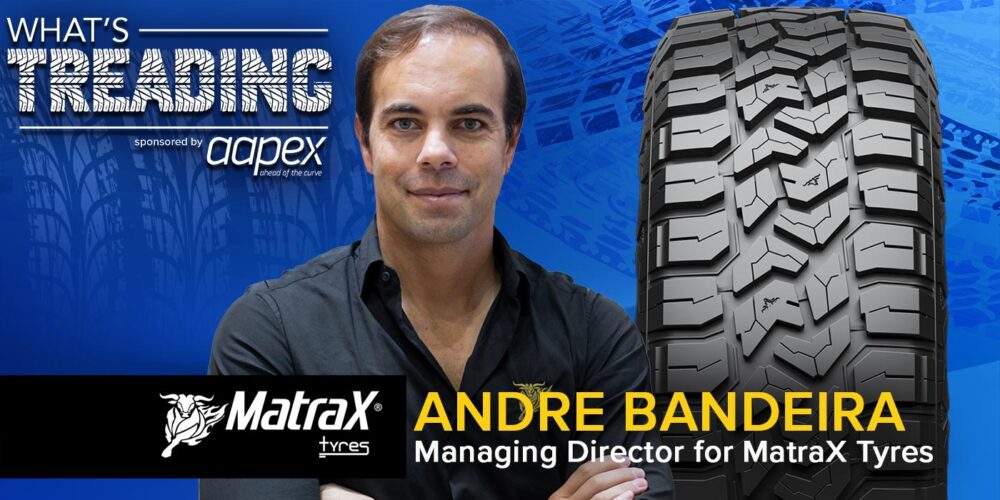While working at your local tire shop or dealership, a lot of things run through your mind daily. But have you ever truly sat down and thought about the development of tires? What’s the step-by-step process from the beginning of an idea for a product to the actual launch? Continental Tire told us their development process encompasses seven vital steps. Lets talk about each one in this Tire Review Continental Tire Garage Studio video.
Continental Tire experts tell us their tire development timeline starts with benchmarking and requirements, followed by virtual development, prototype building, and comprehensive testing. If necessary, additional loops of that process are needed to refine the design. Once performance meets targets, the product is frozen and introduced through a meticulous process, culminating in a successful market launch. Let’s talk about each of Continental’s seven steps.
Requirements are set using a variety of data sources. The first source is a benchmark which is a comparison of a predecessor tire vs the relevant segment competition. As well, requirements are set by gathering intelligence from multiple industry sources like customer/dealer feedback, sales reports, and industry trends. Continental then crafts a detailed set of performance requirements for the successor tire that includes wet and dry handling, tread wear, noise, and other vital attributes.
The second key step involves designing and simulating various tread patterns virtually, running them through a variety of virtual tests. Continental said this digital way of testing allows them to scrutinize wet traction, dry braking, snow performance, and mileage potential – all before an actual physical prototype is molded.
The virtual development phase leads to the third key stage – the prototyping of tires. The virtual designs closest to the requirements and goals set are made into reality through molding and precise manufacturing processes, culminating in the birth of prototype tires. This leads to the fourth key stage, the actual testing of the prototypes, mirroring real-world conditions. From high-speed cornering on dry tracks to traction tests on snow-covered surfaces, Continental’s goal is to scrutinize every aspect, especially things important to that specific tire segment.
Assuming the tire’s performance meets or exceeds Continental’s requirements, the manufacturer will induce a product freeze. This signifies the consolidation of tire construction, tread compound, tread pattern, and contour shape. This sets the stage for production.
With product specifications locked or “frozen,” Continental begins the sixth key step, the introduction process. This involves the meticulous allocation of tire sizes, mold orders, and preparatory steps, setting the wheels in motion for production on a global scale.
Finally, the seventh key is the tire launch. Here, Continental’s creation takes center stage, displaying its new features and performance capabilities at trade shows, events and through advertising. For specific tire types, such as those tailored for high performance or unique applications, Continental may organize launch events to exhibit their capabilities.
This video is sponsored by Continental Tire.













